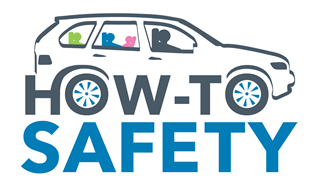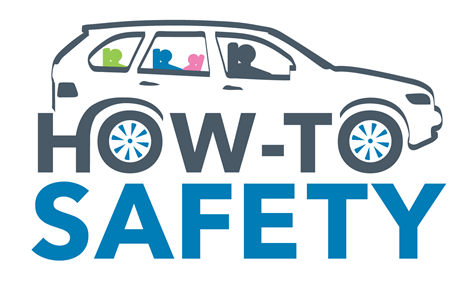How-To-Safety completes additional training course on “Safe Travels for All Children: Transporting Children with Special Health Care Needs”, a curriculum developed by National Center for the Safe Transportation of Children with Special Healthcare Needs and the Automotive Safety Program at Indiana University School of Medicine.
The specialized training was provided by Children’s Specialized Hospital in Mountainside, NJ. Children’s Specialized Hospital in Mountainside, New Jersey is a provider of pediatric rehabilitation services dedicated to improving the lives of patients. The hospital serves children affected by brain injury, spinal cord dysfunction and injury, premature birth, autism, developmental delays, and life-changing illnesses.
Specialized or adaptive child passenger safety seats or restraints are designed specifically for children with special healthcare needs, and may be required when the use of conventional child passenger safety restraints are not possible or contraindicated.
Child Passenger Safety Technicians work in a team approach with the child, caregivers, occupational and physical therapists, pediatricians, schools and nurses to resolve transportation needs, provide current information, and assist in proper use and installation. How-To-Safety can provide guidance on transporting children with special needs in the family vehicle, on school buses, public transportation and in other vehicles.
The following medical conditions and procedures may require special considerations during travel: Achondroplasia, Angelman’s Syndrome, Apnea, Autism Spectrum Disorder, Behavioral Challenges, Casts, Cerebral Palsy, Conjoined Twins, Developmental Delays, Developmental Dysplasia of the Hip, Down Syndrome, Feeding Tubes, Fragile X Syndrome, Gastroesophageal Reflux, Halo Traction, Hydrocephalus, Hypotonia, Kyphosis, Low Birth Weight and Infants Born Prematurely, Myelomeningocele or Spina Bifida, Obesity, Omphalocele, Osteogenesis Imperfecta, Pierre Robin Sequence, Rett Syndrome, Scoliosis, Seizure Disorders, Spinal Muscular Atrophy, and Tracheostomy.
For more information visit www.HowToSafety.com




